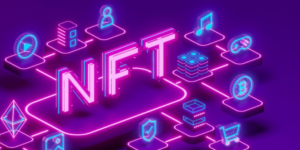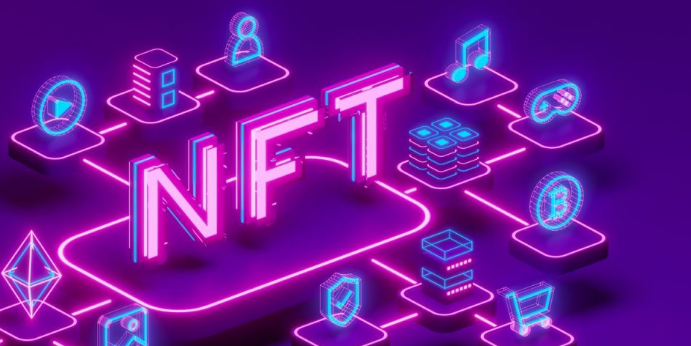Is NFT the Future of Ownership? Exploring the Evolution of Digital Assets
NFTs, or non-fungible tokens, will change people’s ideas about ownership. They offer a unique way of owning digital assets-the first move away from conventional forms of property. As technology develops, these digital tokens offer new frontiers that stretch from art and music to the virtual real estate.
With the rise of NFTs, hot debates are going on about their value and what the long-term implications are. Many say that NFTs will change the notion of ownership whereby people can actually own digital creation. This new paradigm could reshape industries and how individuals connect to art and content.
With more artists and creators coming aboard and adopting NFTs, their influence will likely continue to grow. The future of ownership may actually depend on how society adapts to these digital tools and the value placed on digital assets.
Key Takeaways
- NFTs are pioneering a new definition of ownership in the digital space.
- They offer new ways for creators to monetize their work.
- NFTs are going to be important to understand as the future of digital assets.
Understanding Non-Fungible Tokens
Non-fungible tokens, more commonly known as NFTs, are unique digital objects that function as representatives of ownership in specified assets. They possess features that distinguish them from traditional currencies and other forms of digital cash. The section explores what NFT is, a little journey into its history, the technical framework on which it was built, and different kinds of NFTs.
Definition and Characteristics
NFTs are a class of digital assets that are unique and irreducible. Each NFT contains particular information that differentiates it from all other tokens. It is this uniqueness that makes them “non-fungible.”
Some of the key characteristics of NFTs include:
- Indivisibility: Unlike cryptocurrencies, which can be divided into smaller pieces, NFTs exist as whole items.
- Scarcity: Their creators can limit the number available, adding to their value.
- Ownership: Ownership is made on the blockchain, which insures authenticity through the impossibility of duplication.
These features have turned NFTs into digital art, gaming, and other forms of collectibles.
History and Evolution of NFTs
NFTs started to gain momentum in popularity during the early parts of the 2010s. The first appearance of a well-known NFT project took place in 2017, and it was called cryptogoods. It allowed the buying and selling of digital art.
The major catalyst for this gradual evolution was the introduction of platforms such as Ethereum. Ethereum allowed users to make and trade these NFTs with ease thanks to its smart contracts. This led to major marketplaces such as OpenSea and Rarible opening their doors for NFTs to be bought and sold.
The NFT market has seen quite significant growth over the years. It has been adopted by major artists, brands, and even celebrities. This kind of growth has also raised questions regarding the future of ownership in the digital world.
Technical Foundation: Blockchain Technology
NFTs use blockchain technology for their creation and management. A blockchain is a decentralized, digital ledger around security recorded transactions.
Most NFTs are built on the Ethereum blockchain. This platform offers smart contracts, self-executing when certain conditions are met. To ensure ownership and rarity, each NFT has a unique identifier in addition to its name and description.
Other blockchains that support NFTs include Flow and Binance Smart Chain. Each of these options has its separate advantages in terms of transaction speed and also in terms of fees.
This technology underpins the trust and security associated with NFTs, in the process allowing clarity over ownership records.
Types of Digital Assets that Fall into the Category of NFT
- NFTs can represent a wide variety of digital assets. Some common types include:
- Digital Art: Unique pieces of art which one can buy and sell online.
- Collectibles: These are essentially digital trading cards or items, usually rare and in demand.
- Virtual Real Estate: Land or property in virtual worlds that one can own and trade.
- Music and Videos: Artists can create NFTs to sell their music or video content directly to fans.
In all the above categories, the wide applications of NFTs in today’s digital space have been shown.

Also Read :
- NFTs Beyond Art: Exploring Their Impact on Gaming and Virtual Worlds
- The Rise of Digital Art: How NFTs Are Shaping the Creative Economy
- NFTs Explained: What They Are and Why They Matter
- The Future of NFTs in Virtual Reality and Augmented Reality
- NFTs for Charity : How Non-Fungible Tokens are Changing Philanthropy
